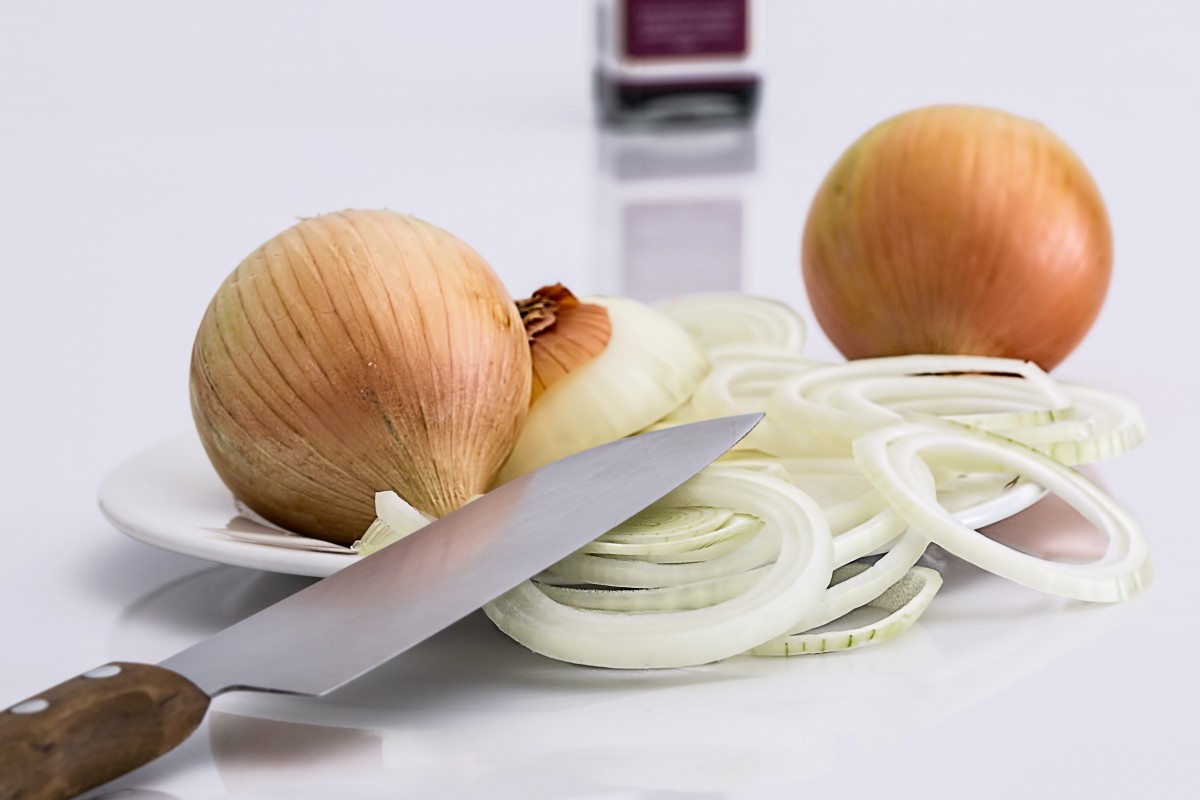We’ve all been there: you’re in the kitchen, cutting onions for your signature pasta sauce when, all of a sudden, your eyes start burning. You wipe away the tears, and keep cutting, trying your hardest to hold them back. Despite your best attempts, tears begin to pour from your face as if your favourite television character was just killed off.
All of this occurred simply because of an onion. But why? What makes this vegetable so potent, and why does it hold such a dominion over you? Simply put: onions produce chemicals that irritate your eyes. But, if you’re interested in the full story, it’s a bit more complex.

See, as onions grow, they absorb sulfur from the soil. When they’re chopped, their cells are broken, releasing various enzymes. These enzymes react with the sulfur to produce amino acid sulfoxides, resulting in a combination of hydrogen sulfide, sulfuric acid, and sulfuric dioxide, otherwise known as syn-propanethial-S-oxide. This compound, upon contacting the moisture in your eye, reacts as a burning sensation via the ciliary nerve.
Your tears are controlled by the lachrymal gland, which is located just above your eyelids. When your brain is notified of an irritant in your eye, it prompts the lachrymal gland to produce tears in an attempt to wash away the intrusion.
There’s a few ways to keep yourself dry-eyed in the kitchen:
- Utilize a fan to blow across the onions, and away from you.
- Run water over the onions while cutting. The syn-propanethial-S-oxide will be washed away before it can reach the air.
- Before cutting, refrigerate onions for 30 minutes, or soak them in ice-water for 5 minutes. Cooling the onions slows the chemical reaction rate, minimizing the production of syn-propanethial-S-oxide.
- Cut onions often, thus building a resistance to the sulfuric compounds.
If none of these work for you, consider purchasing “tear-free” onions. These onions have been genetically engineered to reduce the quantity of propanethial-S-oxide created.
